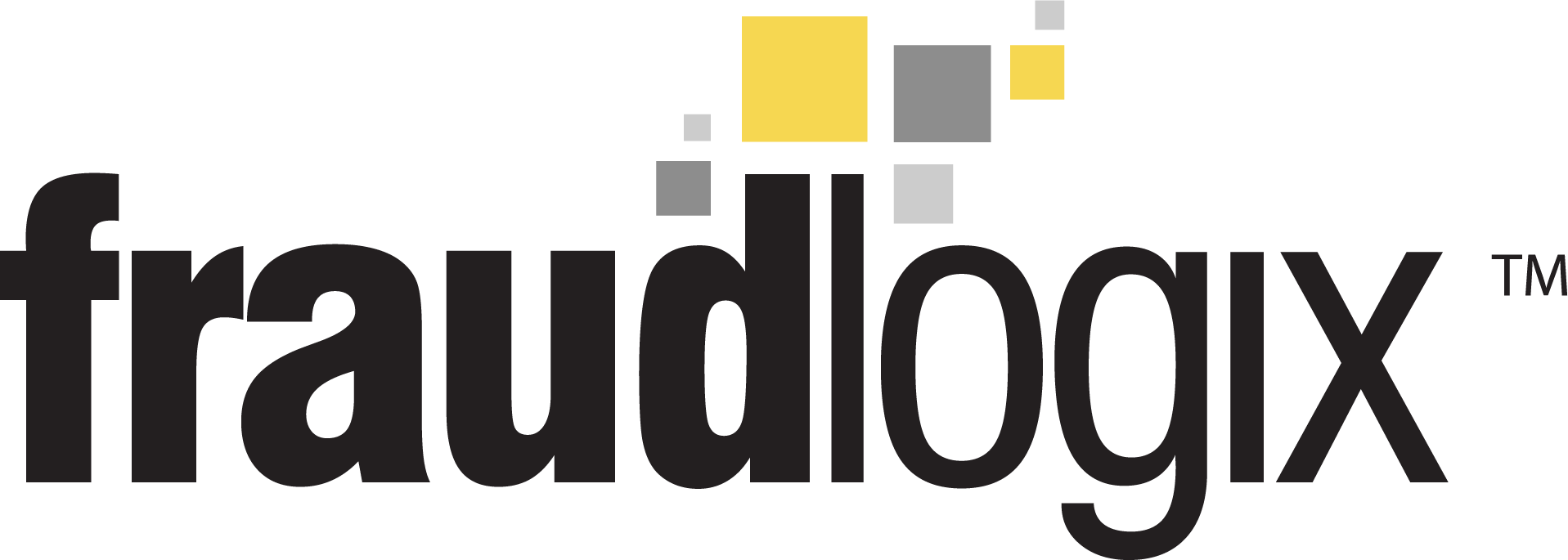How To Prevent Bot Traffic on Your Website
Free IP lookup API to uncover fraud, bots, and high risk users.
Website traffic is always a good thing — right? Not always, in fact, traffic from certain internet bots can actively harm your bottom line. It’s estimated that around 18% of ad interactions are fraudulent and most of that fraud is perpetrated by bots carrying out click and impression fraud schemes.
So, how do you stop bots from visiting your site and eating up your ad budget? The answer is you can’t but with the right bot prevention measures in place you can greatly reduce your exposure to bots. Keep reading to learn more on the basic steps and advanced technology you can use to stop bot traffic.
Types of Bot Prevention
There are five ways you can prevent bot traffic, each with varying levels of intensity and effectiveness. Which one or combination of a few of these methods are right for your sever depends on the scale and severity of bot attacks.
- Client & User Verification: Require users to verify they are not a bot with things like password and MFA sign-in, and CAPTCHA.
- Source & Reputation Analysis: Techniques that assess the trustworthiness of incoming traffic based on known malicious sources, geographic origin, or dynamic risk scoring of the source.
- Behavioral Anomaly Flagging: Any methodology used to analyze and flag patterns of interaction, device characteristics, or trap unsuspecting bots to identify non-human behavior.
- Traffic Shaping & Rule-Based Filtering: Manage the flow of traffic and apply predefined rules or policies to filter out unwanted requests or guide bot behavior.
- Platforms & Infrastructure Defense: Broader solutions that either combine multiple detection and mitigation techniques into a managed platform or leverage underlying infrastructure to absorb and deflect large-scale bot traffic.
Within each of these types of bot prevention range basic to enterprise-level bot prevention tools.
Basic Bot Prevention
If you’re new to bot mitigation or your needs don’t scale to the enterprise level, chances are there are some basic bot prevention steps to take that will address most of the issues you’re experiencing. Many of these techniques are offered with basic website configurations and can be implemented with little technical expertise.
- CAPTCHAs and User Challenges: Use CAPTCHAs on forms, login pages, and account creation to block simple bots.
- Robots.txt Configuration: Set up a robots.txt file to guide well-behaved bots (like search engines) and discourage unwanted crawling. Malicious bots may (and often do) ignore this, but it’s a good first step as it will prevent basic bad bots and help direct the good ones.
- Strong Password Policies: Require users and admin to create strong passwords to make brute-force attacks more difficult.
- Basic IP Blocking: Manually block IP addresses known for malicious activity.
Advanced Bot Prevention
For businesses with high digital ad spend, basic bot protection won’t be enough and further measures will need to be taken. These techniques build on the basic techniques and will typically require a technical implementation.
- IP Blocklists: Public and private blocklists are available to immediately block any IP address that has been associated with fraud in the past. Blocklists, also known as blacklists, must be updated regularly to reflect new fraud threats.
- Geo-blocking: Block or restrict access from locations that are outside of your target market or are known for high rates of bot traffic. IP blocking can be done on the country or regional level.
- Web Application Firewall (WAF): Deploy a WAF to filter incoming traffic based on your criteria and block common bot patterns. Many WAFs offer managed rulesets for bot mitigation.
- Rate Limiting and Request Throttling: Limit how many requests a user or IP can make in a set period to prevent automated abuse.
- Multi-Factor Authentication (MFA): Add MFA to user logins to prevent bots from taking over accounts, even if they guess or steal passwords.
- Honeypots: Use hidden form fields or pages that only bots will interact with. If a bot fills out a honeypot field, you can block or flag the activity.
Enterprise-level Bot Prevention
Beyond the basic and intermediate steps to stop bots, there are several enterprise-level tool options used by companies with a large web presence. For high-value targets or businesses facing consistent attacks, these sophisticated tools provide a robust, adaptive defense against bots.
- IP Risk Scoring WAF: Use an IP risk score API to assess the likelihood of each of fraud from each incoming IP address. Risk thresholds can be set and known bad actors can automatically be blocked.
- Device Fingerprinting: Track unique device/browser characteristics to identify and block suspicious patterns or repeat offenders.
- Behavioral Analysis: As close to a “bot checker” as possible, these tools utilize AI or machine learning to analyze user behavior in real time and flag or block visitors showing bot-like activity (e.g., rapid clicks, odd navigation).
- Custom API Security: Secure your APIs with authentication, rate limiting, and monitoring to prevent automated abuse and data scraping.
- Bot Management Platforms: Typically more relevant for preventing bot DDoS attacks, specialized bot management solutions combine multiple detection and mitigation techniques alongside reporting.
- Infrastructure Optimization & Caching: Also, more common for preventing DDoS attacks, CDNs and advanced caching absorb and deflect bot traffic, protecting your origin servers from overload.
What level of protection do you need from bot fraud?
Every website is impacted by bot traffic, how much this helps or hurts your site depends on you having the technology and time to stop it. For some server,s basic protection is enough to avoid the downsides of bots while for high-value targeted sites a more comprehensive bot prevention plan is need.
At Fraudlogix, we keep bad bots off websites. We work with clients to provide self-directed bot solutions as well as bespoke custom anti-bot solutions. Contact us with your questions or learn more about how we can help prevent bot traffic to your site.



